Description
The Lewis and Clark expedition of 1804-1806, officially known as the “Corps of Discovery
Expedition”, was commissioned by President Thomas Jefferson shortly after the Louisiana
Purchase in 1803. It’s primary goal was to explore the newly acquired territory and
establish the most practical water communication across the continent for the purposes of
commerce. It had many other important goals, such as scientific research, mapping,
establishing peaceful trade with the native tribes, and declaring US sovereignty at a time
when European nations were looking to claim territory on the continent. Without it’s
accomplishments, the United States would not have become the great nation it is today.
Central to the grouping is a hand adze head excavated at the confluence of Potlach Creek
and the Clearwater River, 15 miles east of present-day Lewiston, Idaho and a known
Lewis & Clark campsite. It was discovered with a metal detector by Ralph Williams in
1953. Such pieces were used to fashion the dugout canoes used to navigate the rapid
waters they were traversing (see accompanying photo). This adze, measuring 6 1/4″ by
4″, is pictured in Lar Hothem’s book “Rare and Unusual Indian Artifacts” on page 262.
Also included is a cased early 3″ bronze restrike of the famous Indian Peace Medal, made
from the original dies and presented to famed author Robert Wheeler by the US mint and
showing his name on the case. These medals were used as gifts to native tribes to
establish good will and trade for much-needed supplies. Originals are extremely rare and
often sell for over $100,000, when available. Also included is an early 19th C pair of
Shoshone moccasins in the “morning star” pattern, the type which would have been worn
by the famous Shoshone “Bird Woman” Sacagewea. Sacagewea was pregnant and only
16 when she joined the expedition and carried the baby, “Pomp”, with her during the entire
journey. She acted as guide and interpreter and without her assistance the expedition
would not have succeeded These moccasins are in excellent museum grade condition
and pictured in Lar Hothem’s book “Ornamental Indian Artifacts” on page 349. Included in
the grouping are small framed depictions of expedition leaders Meriwether Lewis and
William Clark, prints of the expedition, and supporting documents. Tom Richards
Collection.

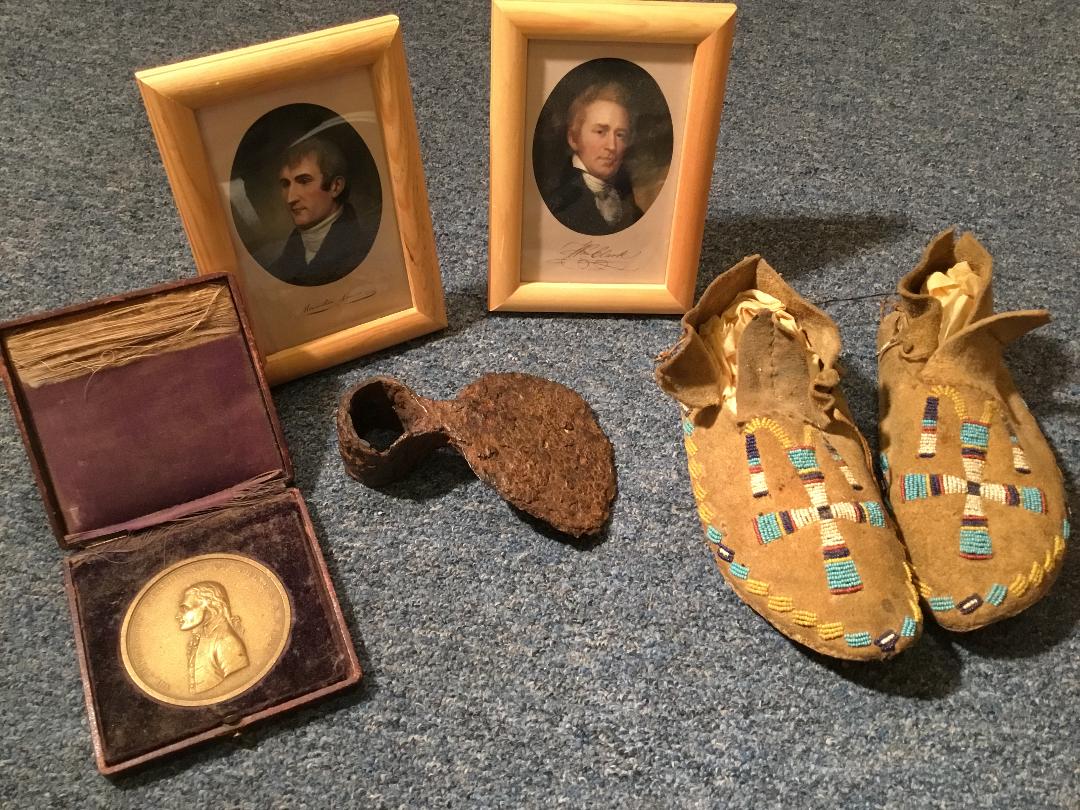
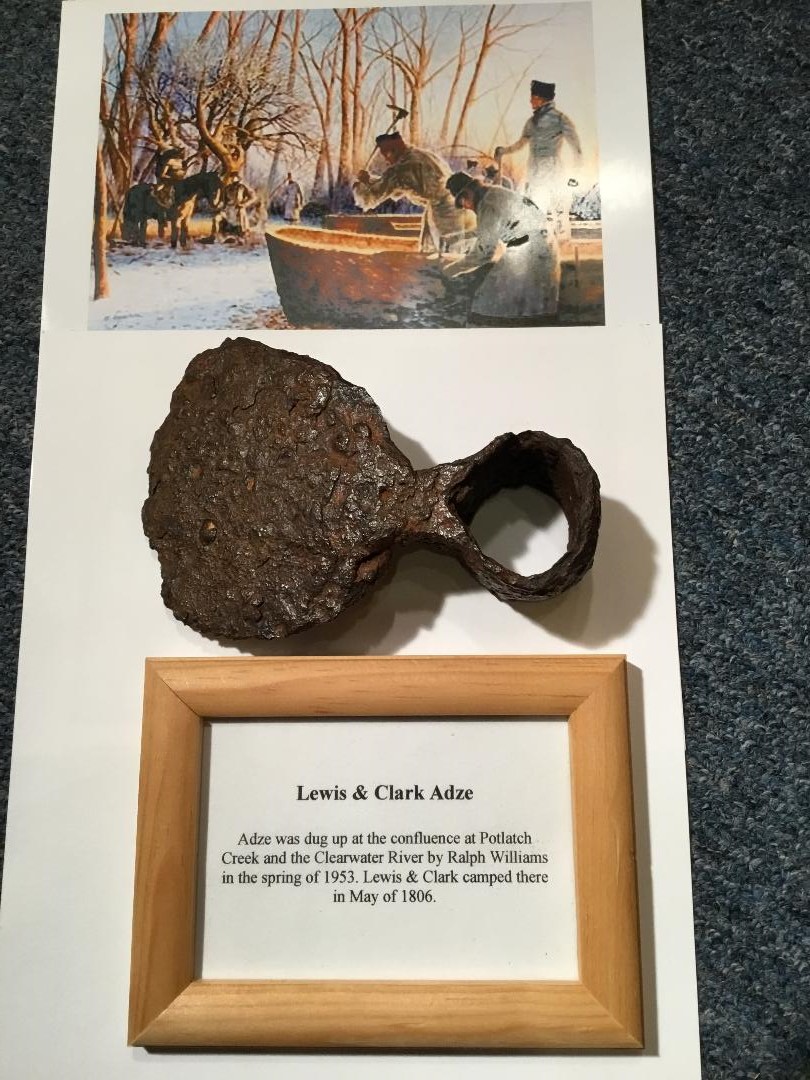
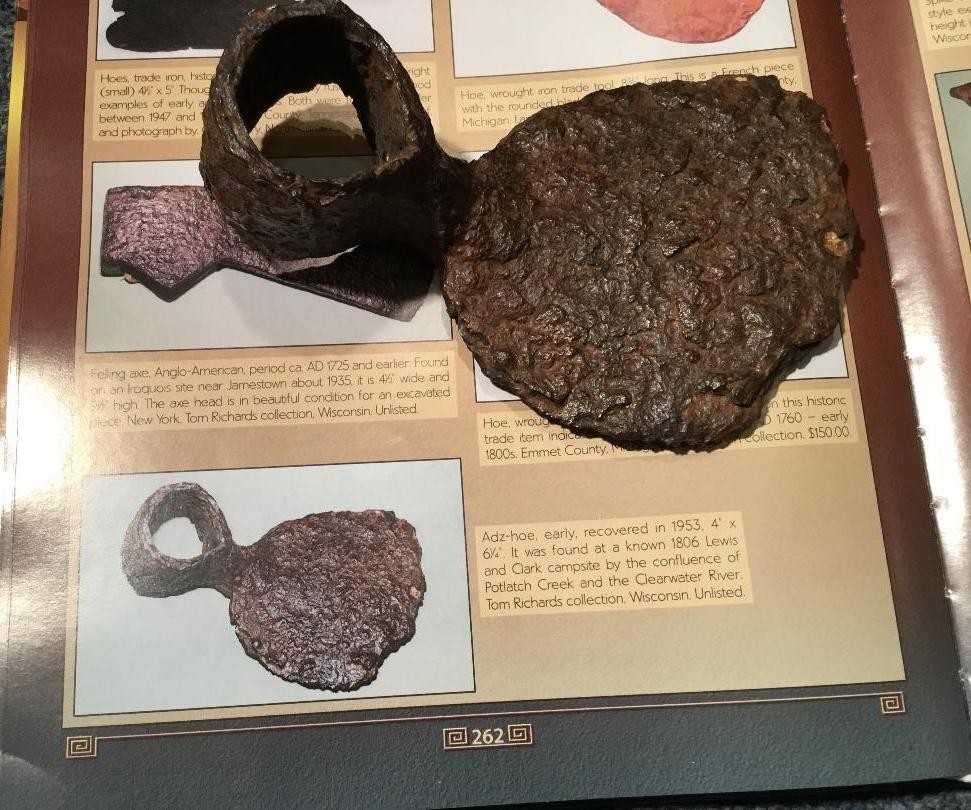
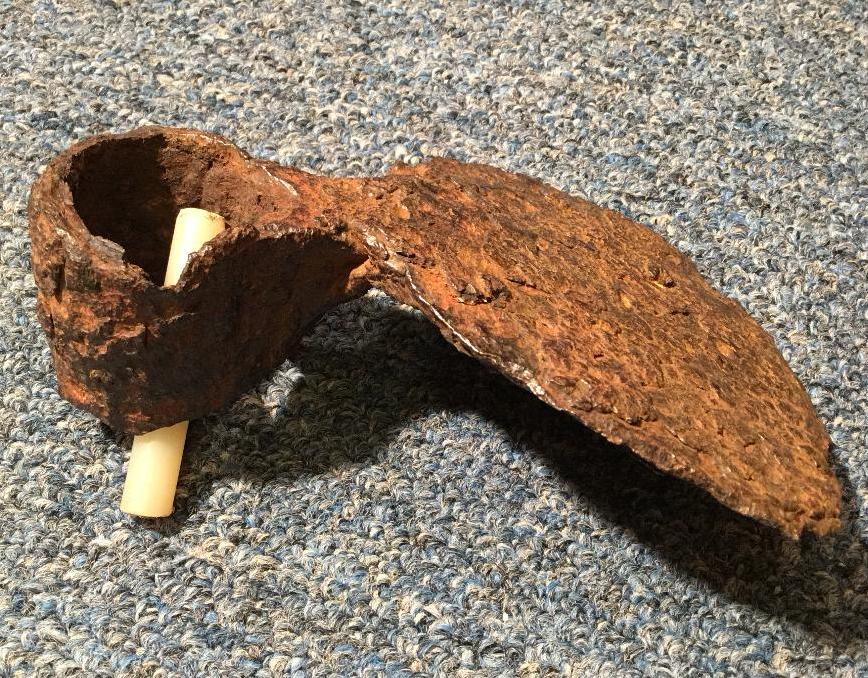
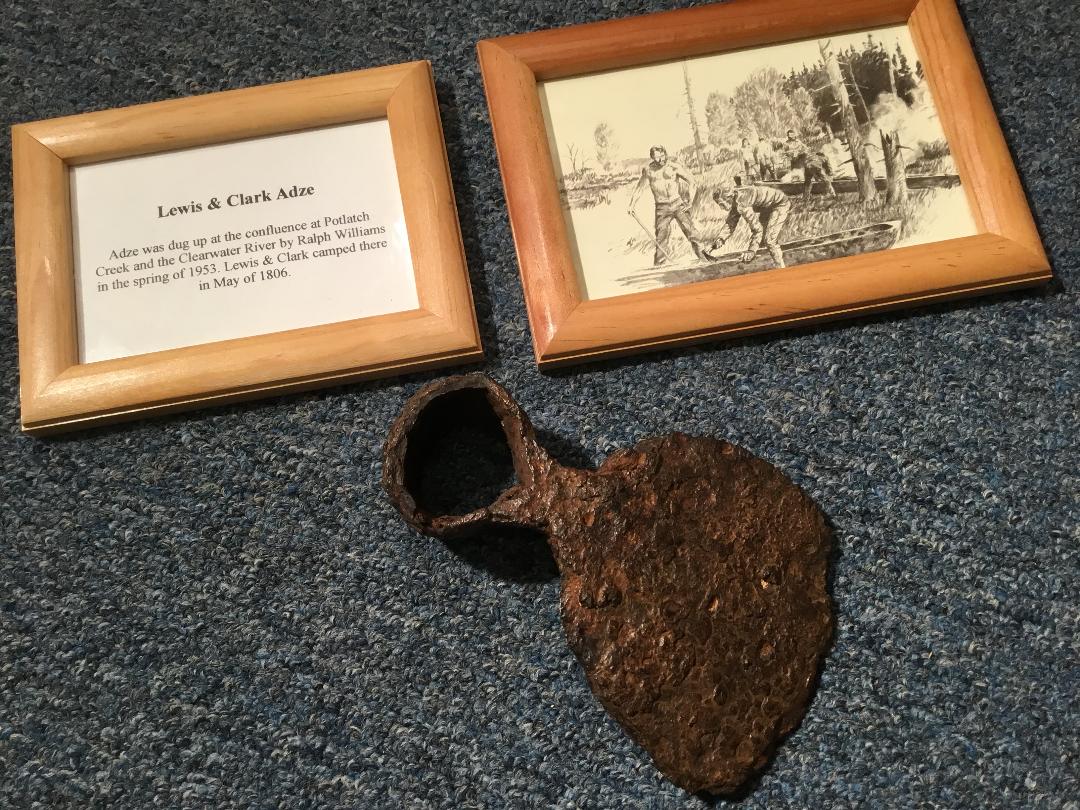
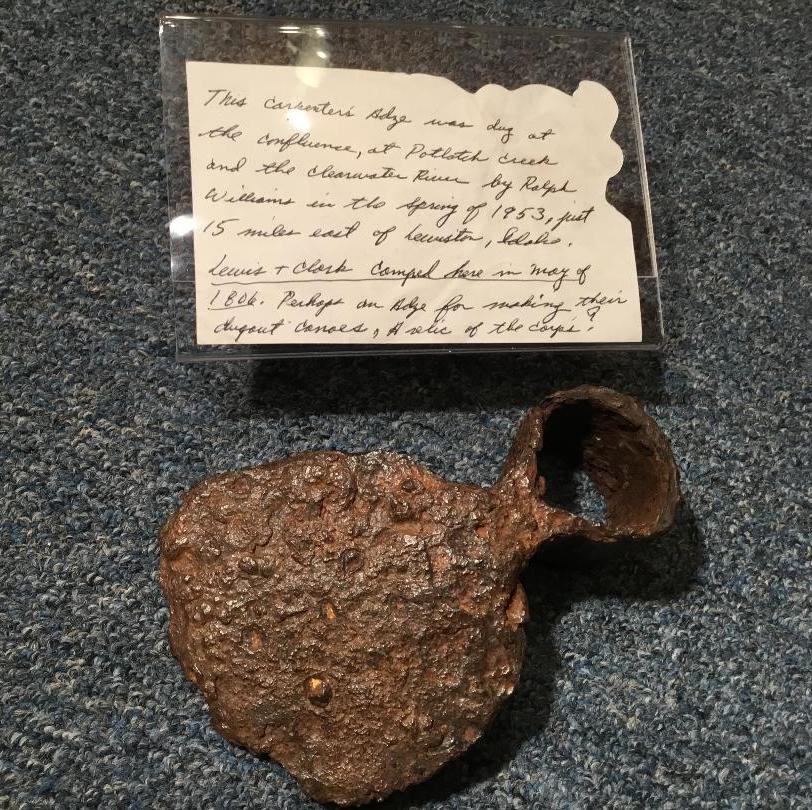
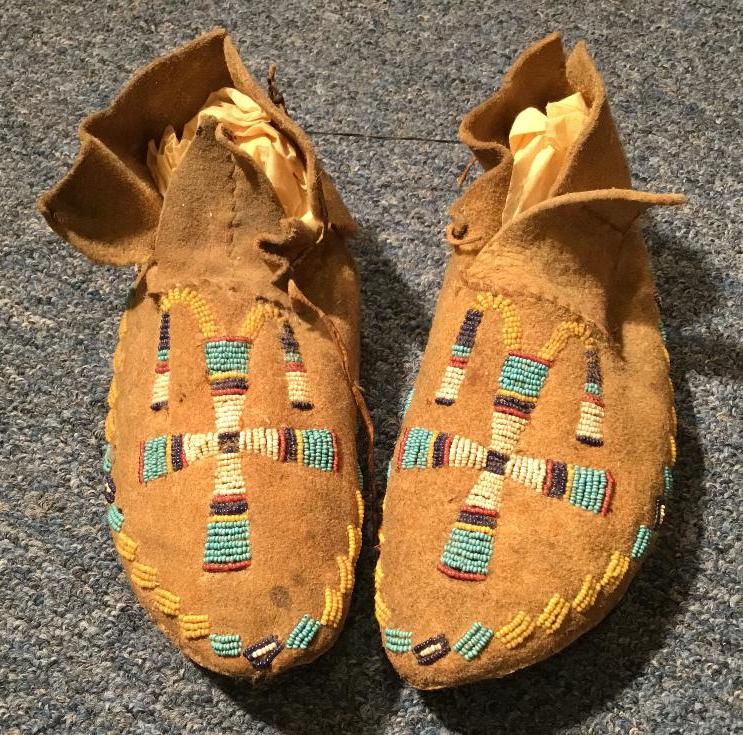
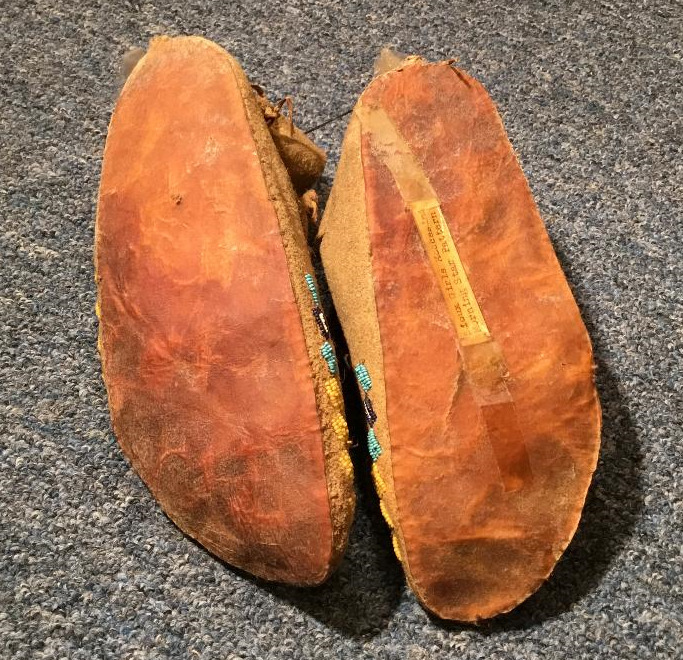
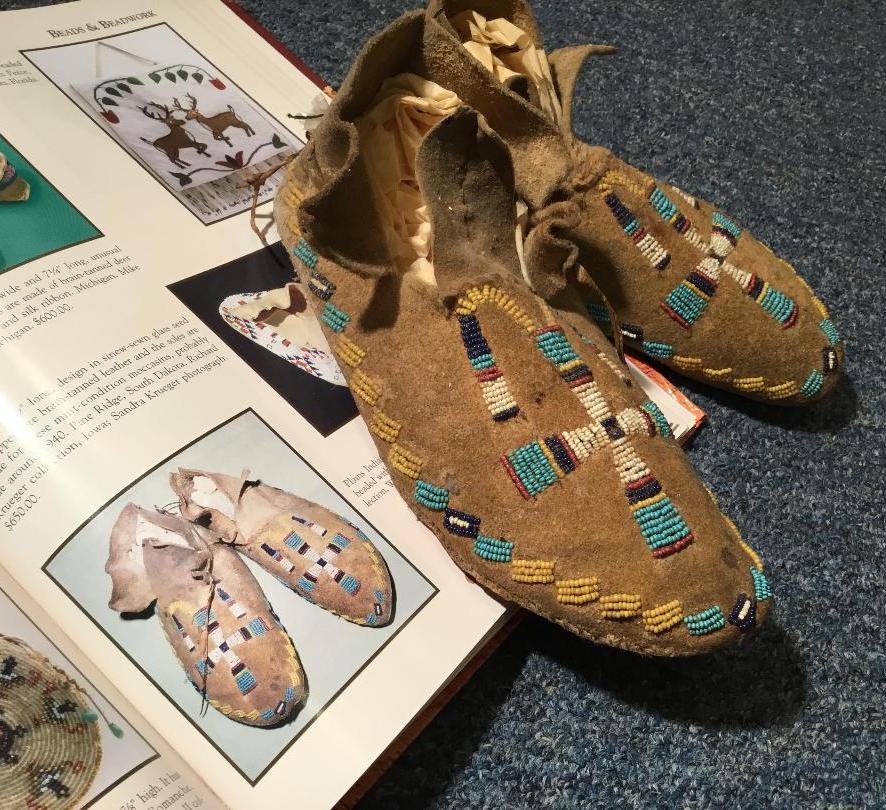
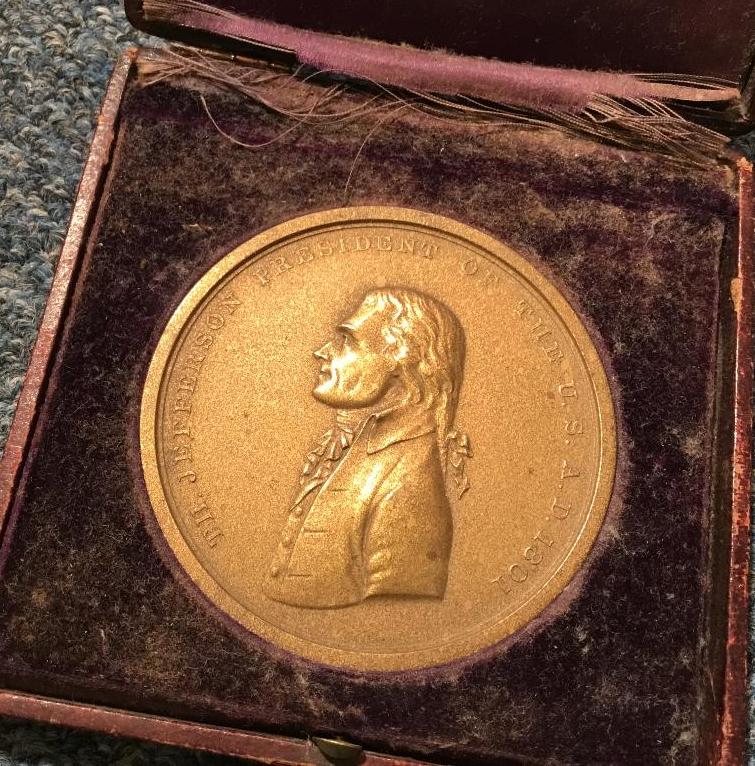
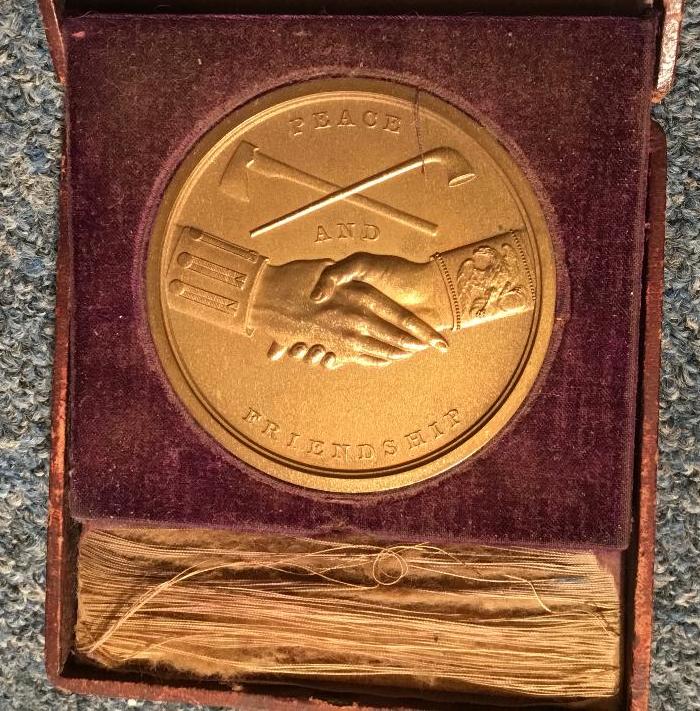
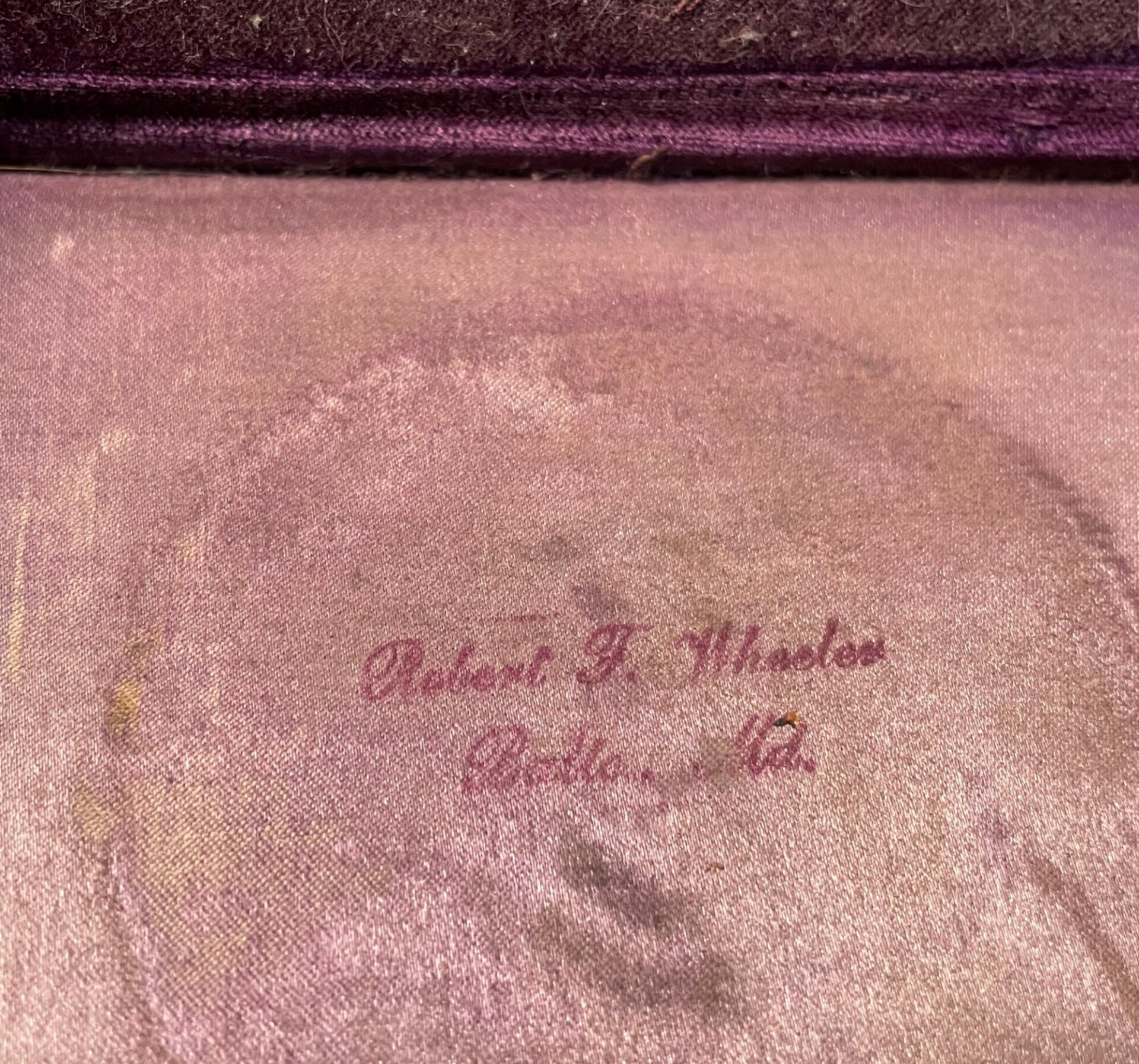
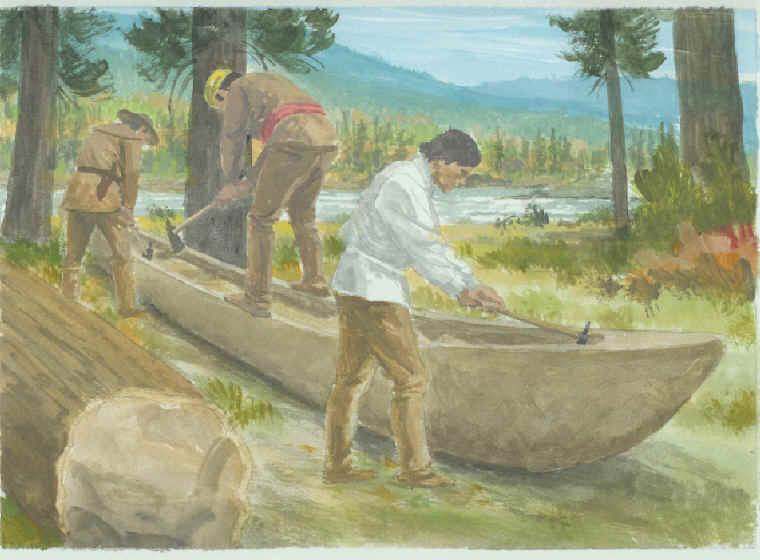
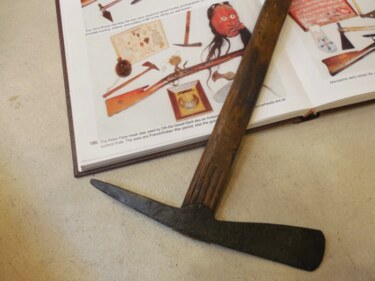 French and Indian Wars/Revolutionary War Era Spiked Tomahawk
French and Indian Wars/Revolutionary War Era Spiked Tomahawk 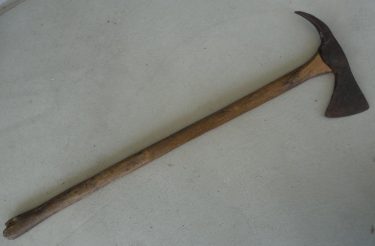 Long-handled Mandan Spike Tomahawk, early 19th C
Long-handled Mandan Spike Tomahawk, early 19th C 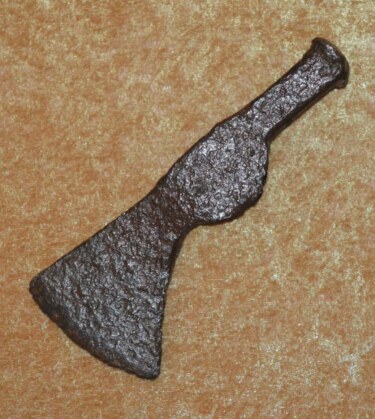 Fort Ticonderoga Revolutionary War Era Hammer Poll Tomahawk
Fort Ticonderoga Revolutionary War Era Hammer Poll Tomahawk 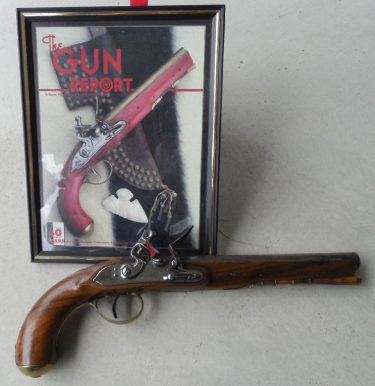 English Flintlock Trade Pistol by Sharpe, First Quarter 19th C
English Flintlock Trade Pistol by Sharpe, First Quarter 19th C